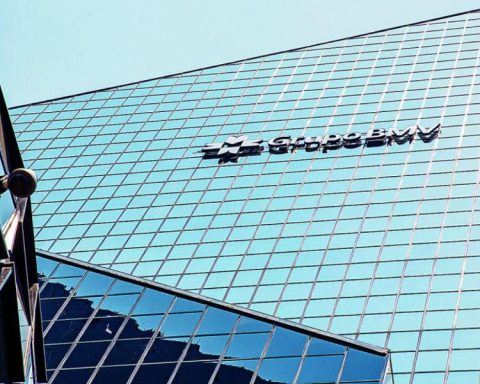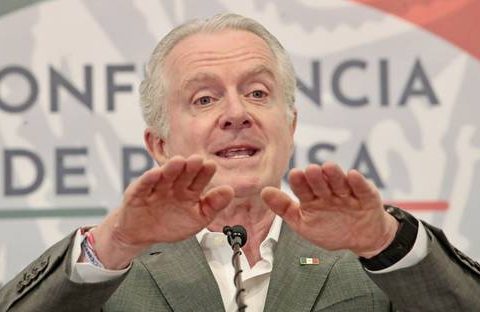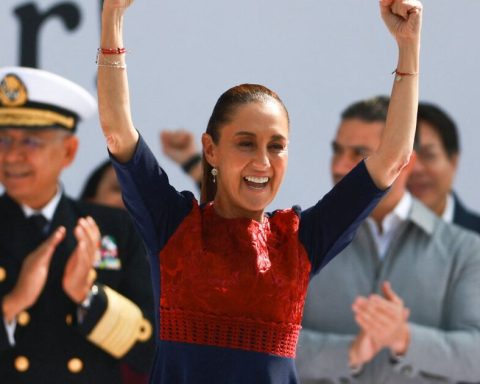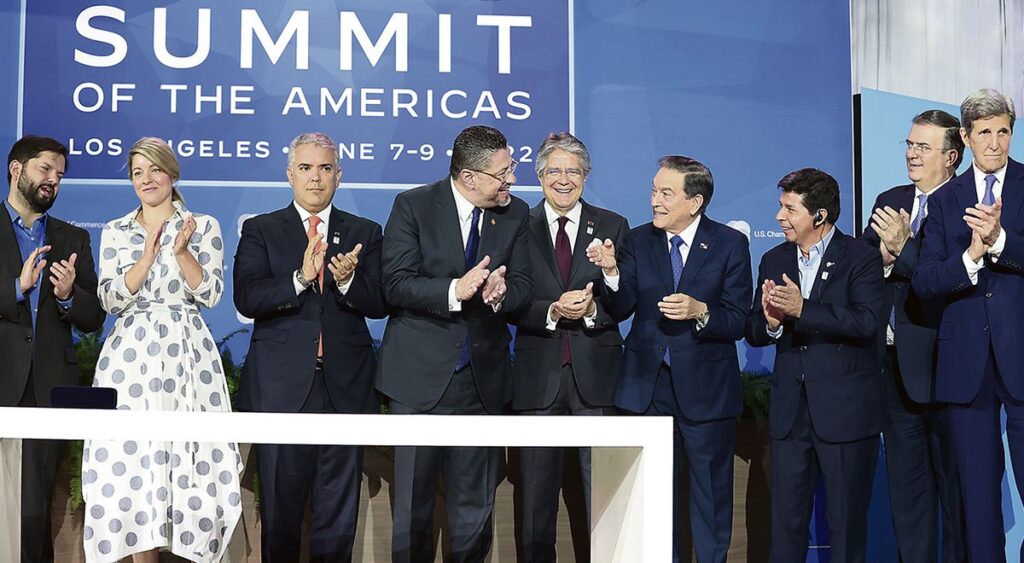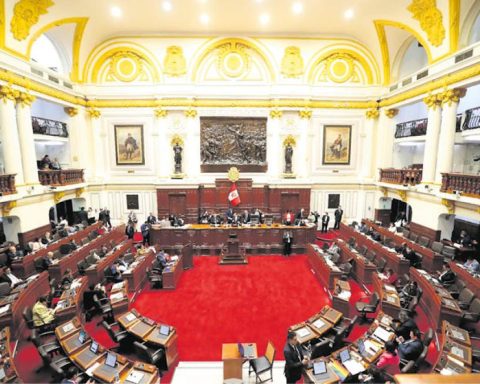The World Bank estimates that the Mexican economy will grow at a rate of 1.7% per year in 2022, 1.9% in 2023 and 2% in 2024. If these expectations are met, then it could be said that it is impossible for President López Obrador to keep his promise campaign to grow at a rate of 4% per year.
In fact, taking into account the estimated growth rates of the World Bank, López Obrador’s six-year term will end with an average growth of 0.3% per year.
This is far from the promises made in the government’s National Development Plan, which predicted that at the end of the six-year term there would be:
“A country with a changed spirit for the better, a population aware of its ability to shape history, with a radical improvement in its levels of well-being and security with respect to those that prevailed in 2018, with healthy, reliable and respectful institutions of laws and with a participatory society involved in the exercise of public power. The strengthening of ethical principles will be accompanied by an economic development that will have reached a growth rate of 6 percent by then, with a six-year average of 4 percent.“, National Development Plan 2019-2024 .
Comparison with past six-year terms
The Mexican economy grew an annual average of 2.4% during the administration of Enrique Peña Nieto, a figure far from what was promised with the approval of the structural reforms, of between five and six percent.
The average annual growth registered during Peña Nieto’s six-year term was also higher than that of the Felipe Calderón and Vicente Fox periods of 1.7% and 2%, respectively.
Thus, the average GDP growth of López Obrador’s six-year term would be the lowest in this century. It is important to mention that he was especially affected by the pandemic, whose economic effect was an 8.2% drop in Gross Domestic Product.
Felipe Calderón’s six-year term was also marked by the international financial crisis that, in 2009, caused a drop in GDP of 5.3%. The following year the rebound caused a growth of 5.1%.

